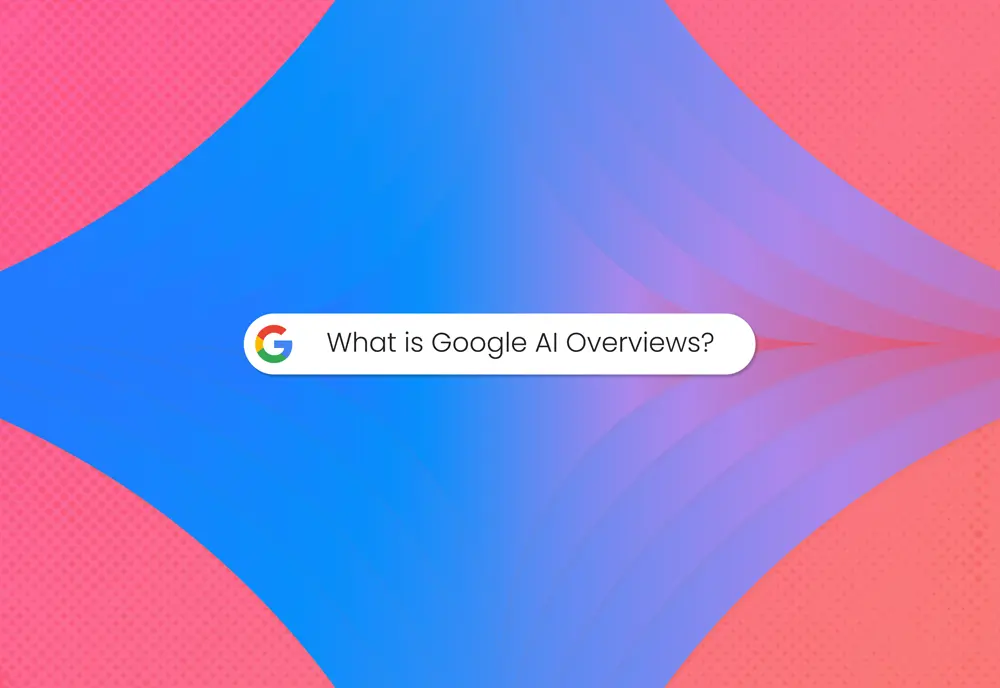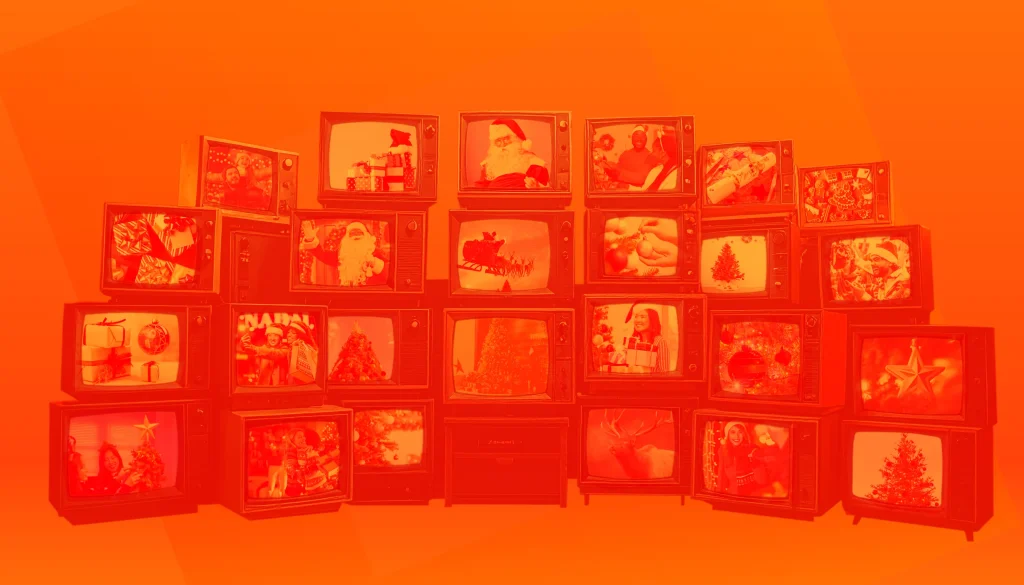You may have heard about an emerging piece of software going by the name of ChatGPT and are curious as to what all the hype is about. Well, you’re in the right place to learn more about it with us.
Jump to section:
What is ChatGPT?
ChatGPT is an artificial intelligence language model developed by OpenAI. It has been trained on vast amounts of text data and can generate human-like text responses to various prompts.
Essentially, it can have a conversation with you and answer questions, tell stories, provide explanations, and more, all based on what it has learned from the text it was trained on.
Think of it as a computer program that can talk to you and understand what you are saying!
How does ChatGPT work?
ChatGPT uses a type of deep learning algorithm called a Transformer network to generate text. The model has been trained on a large corpus of text data, so it has a vast knowledge of language patterns and can generate responses that sound similar to what a human might say.
When you ask ChatGPT a question or provide it with a prompt, the model uses its internal algorithms to generate a response based on the input it received. This process is similar to how our brains process and generate responses to incoming information, but ChatGPT does it much faster and at scale.
In simple terms, ChatGPT works by taking in input, processing it through its algorithms, and outputting a response that is based on the patterns it has learned from its training data.
How can I use ChatGPT?
ChatGPT can be used in a variety of ways to generate text-based responses. Here are a few examples of how you might use it:
- As a conversational AI: You can have a text-based conversation with ChatGPT by asking it questions or giving it prompts. It can answer questions, tell stories, provide explanations, and more.
- For language generation tasks: ChatGPT can be used to generate text for tasks like summarisation, translation, question answering, and more.
- As a creative writing tool: You can use ChatGPT as a tool to generate writing prompts, come up with new ideas, or generate entire pieces of text like stories, articles, and more.
Overall, ChatGPT can be a helpful tool for anyone who needs to generate text-based content or have text-based conversations, whether for work or for personal projects.
Is ChatGPT going to takeover?
ChatGPT is a highly advanced language model, but it is not going to take over in the sense of becoming a dominant force that controls everything. It is simply a tool that can be used to generate text responses based on the input it receives.
It’s important to note that ChatGPT, like all AI models, is only as good as the data it was trained on. This means that it can sometimes generate responses that are not accurate or appropriate, and it is up to the users of the model to critically evaluate its output and use it responsibly.
So, to answer the question, no, ChatGPT is not going to take over. It is simply a tool that can be used to generate text, and its effectiveness and impact will depend on how it is used by people.
What can’t ChatGPT do?
Whilst ChatGPT is a useful and exciting piece of software, there are many things it can’t do when it stands up against a professional copywriter.
Here are a few dealbreakers it lacks when comparing its work to an intelligent professional.
Emotional connection:
Professional copywriters have the ability to connect with their audience on an emotional level, creating a deeper engagement and connection. They can achieve this by immersing themselves in the subject matter, absorbing every key detail they can to produce a compelling piece of writing.
ChatGPT can generate text that is informative or entertaining, but it lacks the personal touch that comes from a human writer.
Originality:
While ChatGPT can generate text that is based on patterns it learned from its training data, it can’t come up with truly original ideas or concepts. Copywriters and authors have the ability to create unique, one-of-a-kind pieces of writing that are tailored to their audience.
Say you’re writing about a brand or a business, ChatGPT won’t understand the unique aspects that stand the company out from its competitors. Whereas the human can understand those elements and has the ability to convey them in their writing.
Adapt to context:
ChatGPT can generate text based on the input it receives, but it can’t always understand the nuances of a particular situation or context.
The tone of voice and branding are one of the most important aspects of writing – a professional copywriter or author has the ability to understand the context and tone of their writing and adjust it accordingly.
Creative flair:
Copywriters and authors bring their own individual voices and style to their writing, which can add a level of creativity and personality that ChatGPT cannot match with it being a bot.
The digital team at ads creative solutions are excited to see where the software goes next and how it could integrate itself within everyday tech. We’ll keep you updated with any major developments, so you can feel like you’re on top of the trend.







